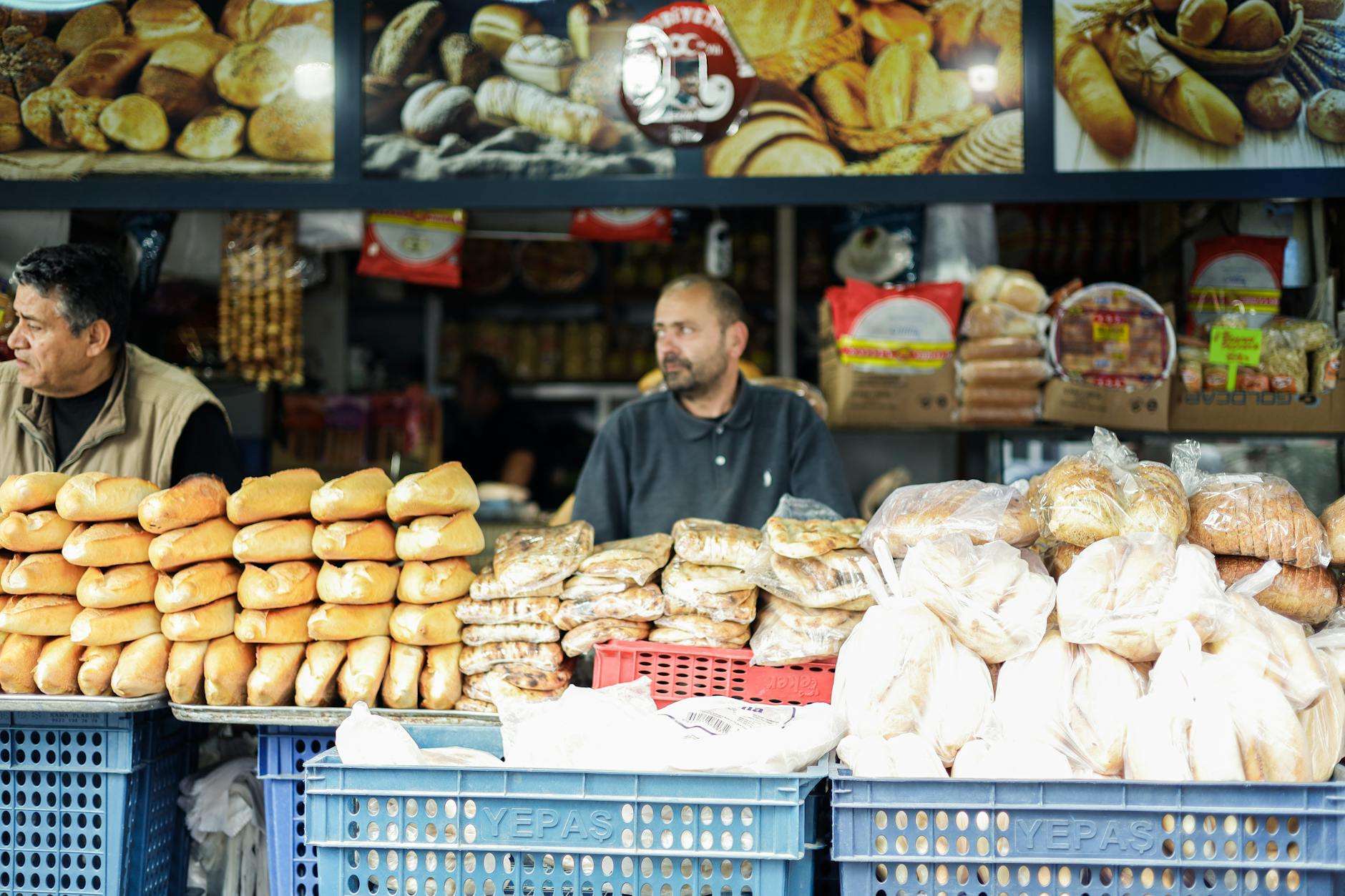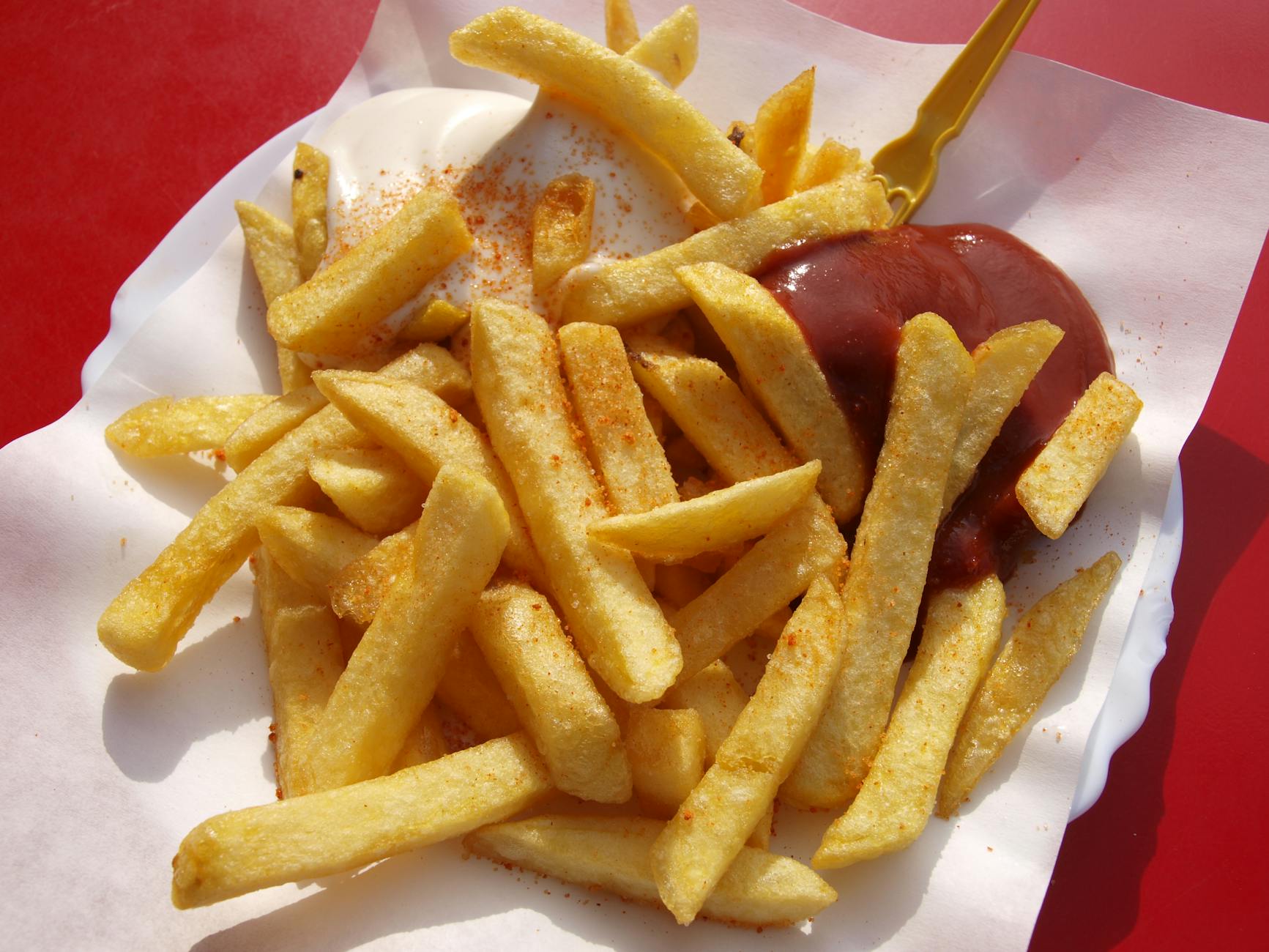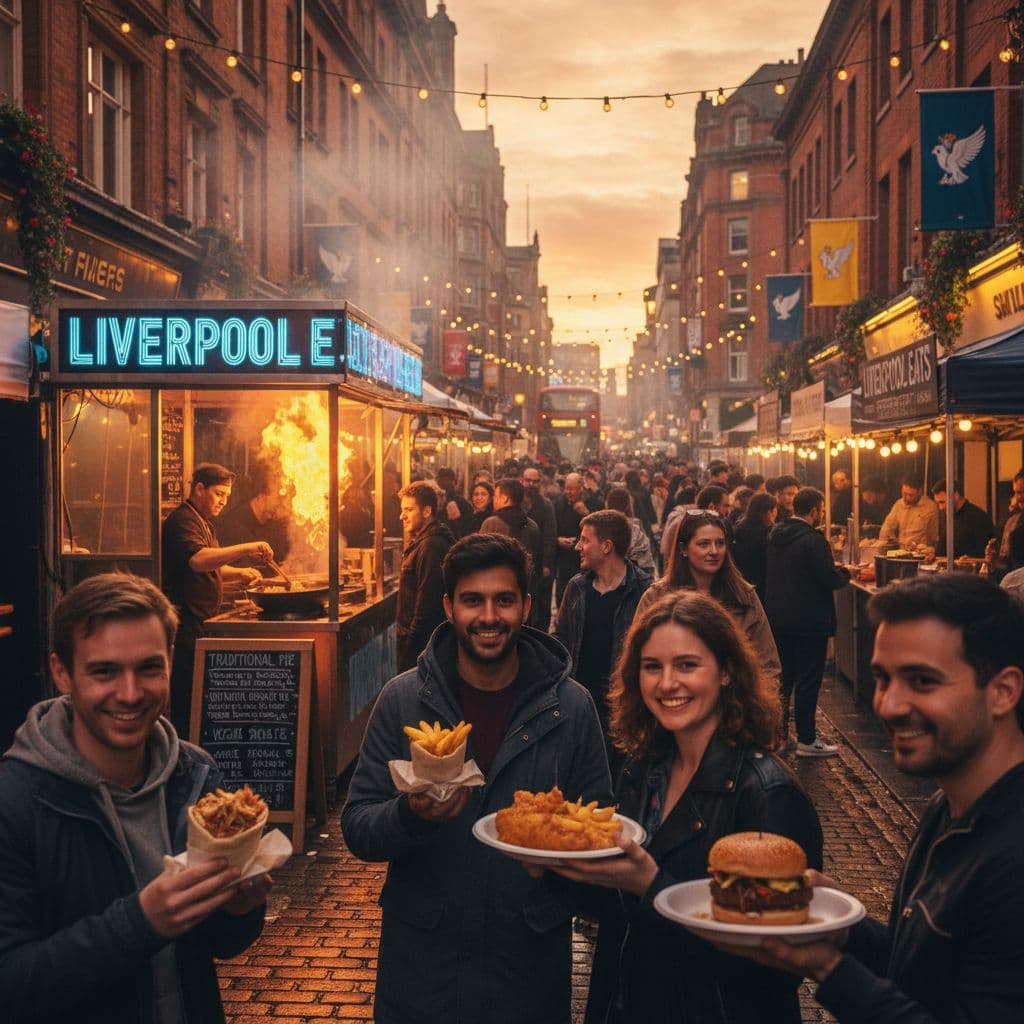street food guide 2025
The best way to understand a city is by what people eat with their hands. A crowded stall, smoke in the air, and a quick bite on a plastic stool often tell you more about a place than any museum.
This street food guide walks you through how to spot great stalls, what to try first, and how to eat safely while still staying curious. It is written for travelers, food lovers, and anyone planning their next post for a Street Food Blog or food-focused trip.
You will learn how to read the street scene, pick what to order, and move from “tourist snack” to “local spot” in a few smart steps.
What Makes Street Food So Special?

Photo by Esra Korkmaz
Street food is fast, cheap, and full of character. It compresses a country’s history, migration, and home cooking into a few bites.
A simple skewer or bowl can reflect:
- Climate: Hot countries lean toward grilled meats, bright herbs, fresh salads.
- Religion and culture: No pork in some places, no beef in others, strict rules for seafood in coastal towns.
- Daily rhythm: Breakfast carts, late-night grills, after-school snacks, and weekend markets each tell a different story.
For a traveler, this means you can taste a city in a single afternoon if you know where to look and how to choose.
Reading the Street: How To Spot a Good Stall
In any good street food guide, the first rule is simple: watch the people, not the signboard.
Here is what to look for when you walk up to a new stall.
1. Follow the crowd, but read it
A line is a strong sign of good food, but pay attention to who is in that line.
- Lots of office workers in business clothes at lunch often means fair prices and trusted quality.
- Families with kids suggest locals feel safe feeding their children there.
- Only tourists with cameras can mean the place is famous, but not always the tastiest.
Try to mix both kinds: one known classic and one everyday spot.
2. Watch the movement and turnover
Fresh food sells fast. When dishes leave the counter all the time, ingredients do not sit long.
Look for:
- Large trays being refilled often.
- Raw items (meat, seafood, batter) not sitting out in the sun.
- Cooks working in a steady, calm rhythm, not reheating old food again and again.
If everything looks still, walk on.
3. Notice how clean “enough” looks
Street food is not a lab, and it does not need to be spotless, but there are simple signs of care.
Good signs:
- The same tongs used for raw and cooked food is bad; separate tools are better.
- A bucket of clean water or a sink for rinsing hands and tools.
- Covered ingredients, especially sauces and toppings.
Your goal is “clean and busy”, not “perfect and empty”.
Ordering Like a Local: From Shy Visitor to Confident Regular
Even shy travelers can eat like regulars with a few simple habits.
Learn a few food words
You do not need full sentences. Three or four words help a lot:
- “Spicy,” “little spicy,” “no spicy.”
- “Beef,” “chicken,” “pork,” “fish,” or “vegetarian.”
- “One more,” “to take away.”
Write them on your phone. Show, smile, point.
Point, ask, repeat
The simplest system:
- Point at what looks good.
- Ask for the name.
- Try to repeat the name back.
You build a mini food vocabulary in each city and you show respect at the same time.
Watch one order before you
If you are not sure how to eat something, let someone order ahead. Copy how they:
- Add sauces or toppings.
- Use cutlery or eat with hands.
- Pay and return change.
This small pause saves you from many awkward moments and lets you blend in more.
Safety First: How To Eat Adventurously and Stay Well
You do not need to avoid street food to stay healthy. You just need a smart filter.
Trust your nose and eyes
If something smells sour or heavy in a bad way, skip it. If a pot looks like it has not been cleaned in days, skip it. Your senses usually give fair warning.
Choose cooked and hot when unsure
Heat kills a lot of trouble. If you worry about your stomach:
- Pick grilled, fried, or boiled dishes.
- Eat food that is cooked to order.
- Avoid lukewarm items under weak heat lamps.
Raw salads and ice are more risky when you are new to a country’s water system.
Go easy on day one
Give your body a little time to adjust.
On your first day in a new country:
- Start with milder dishes.
- Avoid the very chilli-heavy options until your body settles.
- Drink plenty of safe water.
After that, you can ramp up the spice and variety.
What To Try First: A Simple Street Food Guide by Type
Every city has its own stars, but most street food falls into a few broad groups. Use this as a quick map when you walk through a market.
| Type of Street Food | Typical Examples | When to Eat It |
|---|---|---|
| Grilled skewers & meats | Satay, kebabs, souvlaki, yakitori | Evening or late night |
| Breads & wraps | Banh mi, tacos, shawarma, kathi rolls | Lunch or quick snack |
| One-bowl meals | Pho, laksa, biryani boxes, noodle soups | Any time, filling meal |
| Fried snacks | Samosas, croquettes, fritters, churros | Afternoon or late night |
| Sweet treats | Ice cream, rice puddings, pastries, waffles | Dessert or mid-walk stop |
Each city then adds its own twist. For example, in Nice, France, local markets mix street food with fish stalls and quick bites. You can see how seafood and street snacks blend together in this guide to Seafood cleaning skills at Nice’s market, where fresh sardines and squid become fast food in skilled hands.
Tips For Street Food Photos and Your Own Street Food Blog
If you love posting or you run a Street Food Blog, you need food that looks as good as it tastes.
Choose spots with character
Plain food on a plastic plate can still look great if you frame the scene. Look for:
- Smoke rising from grills.
- Colorful signs or handwritten menus.
- Crowds in the background that tell a story.
Street food is about context as much as the dish.
Respect people and their work
Always remember: this is someone’s kitchen and livelihood.
- Ask before taking close-up photos of the cook.
- Do not block paying customers for the perfect angle.
- Buy something if you photograph a stall for more than a moment.
Good manners keep the door open for the next visit.
Capture the “bite moment”
The most tempting photos often show action. Try:
- A hand squeezing lime over tacos.
- Noodles being lifted from a bowl.
- Steam rising as you break open a dumpling.
You tell the story of how the dish feels, not only how it looks.
Building Your Own Street Food Guide in Any City
Every city you visit can become a mini chapter in your personal street food guide. Here is a simple three-step method that works almost anywhere.
- Start with a market or busy square
Markets give you many stalls in one place. Walk a full loop before you buy anything. Note which spots stay busy. - Pick one “safe” and one “wild card” dish
The safe choice is something familiar or simple, like grilled chicken or fried noodles. The wild card is a dish you do not know yet, but that locals seem to enjoy. This balance keeps your stomach calm and your curiosity high. - Talk to at least one local each day
Ask one short, friendly question: “What should I eat here?” or “Where is your favorite street food?” Locals often point you away from tourist traps and toward hidden gems.
Write quick notes in your phone after each meal, including the stall’s location, price, and what you ordered. These notes later turn into useful tips for friends, followers, or your own Street Food Blog posts.
Conclusion: Let the Streets Feed Your Curiosity
A good street food guide is more than a list of famous dishes. It is a way to move through a city with open eyes and an open mouth, from steam-filled alleys to bright morning markets.
If you watch the crowd, trust your senses, and stay curious, street food stops feeling risky and starts feeling like the highlight of your trip. Try one new dish, talk to one vendor, and let those small choices build a richer picture of the place.
Next time you land in a new city, skip the hotel restaurant at least once and follow the smoke, sizzle, and chatter. That is where the real stories are served.






Leave a Reply